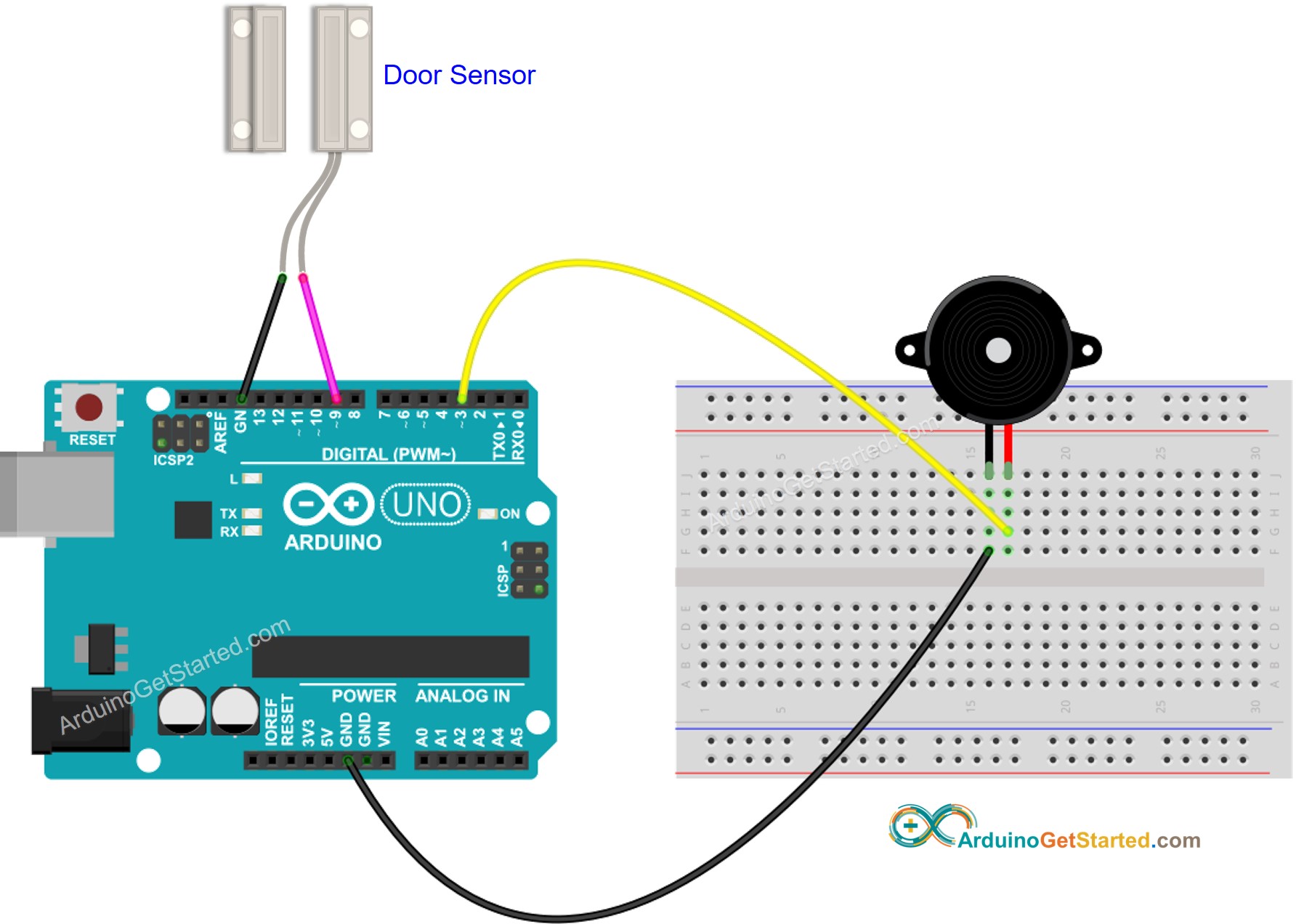

- #Arduino piezo speaker power how to
- #Arduino piezo speaker power generator
- #Arduino piezo speaker power code
It actually has two peak frequencies but I just chose one. This one has a peak frequency of 2600 HZ shown on the cut sheet.

#Arduino piezo speaker power how to
However, it is much better for the speaker to use an AC coupled connection. Step 1: How to Drive a Piezo With an Arduino Look up the piezo buzzer's resonant frequency. Power your photoresistor with 5V, and connect it to analog 0 with the addition of a 4.7K resistor to ground. I've tried changing all the parameters of my pulse generator, i.e., frequency, duty width, spacing, amplitude, etc. Connect one terminal of your speaker to digital pin 9 through a 100 ohm resistor, and its other terminal to ground. All the piezo buzzers I have emit a very high pitched whistle-like tone. The buzzer is designed to be energy efficient, and only has to output a binary condition, sounding, or silent. It also has 6 Power Pins, whichThe Arduino Uno is a type of Arduino board. 1 Answer Sorted by: 7 While they are similar in that they are both mechanical, and have a resonance, a piezo buzzer and a loudspeaker are designed for different purposes. Normally piezo buzzer operates on 5 volts, but 12 volt versions are also available. Power the speaker from 12V, not 5V, and use a resistor (start with maybe 100 Ohms and experiment downwards) in the transistor collector lead to reduce the volume. 7 I have tried to drastically lower the pitch of a piezoelectric buzzer, but to no avail. I admit that this repeatable sound of cricket can be annoying. Buy online Robotic DIY Kits from biggest store : Arduino, Raspberry Pi and largest collection of Drone, Electronic Components, Sensors. This 1k resistor is a current limiting resistor, which is used to keep the current within the safe limits.
#Arduino piezo speaker power generator
It's not super precise, and you may need to adjust DELAY_OFFSET to fine-tune the pitch depending on your processor's speed. It outputs a tone when voltage is supplied across its power pins. The schematic of this Arduino Tone Generator Project project is shown in the figure below: The connection is pretty simple we have a Piezo speaker which is connected to pin 8 and Ground of the Arduino through a 1K resistor.
#Arduino piezo speaker power code
* * Created by * * This example code is in the public domain * * Tutorial page: */ # include "pitches.Here's a quick Arduino sketch to have this component make an arbitrary tone by hooking it up to a digital I/O pin.


 0 kommentar(er)
0 kommentar(er)
